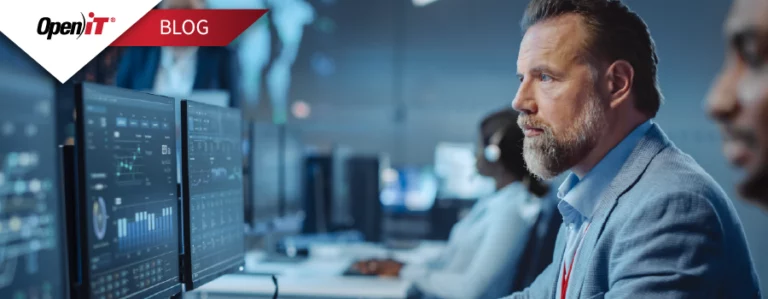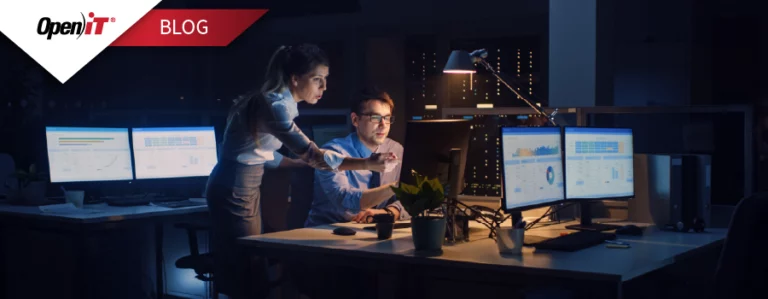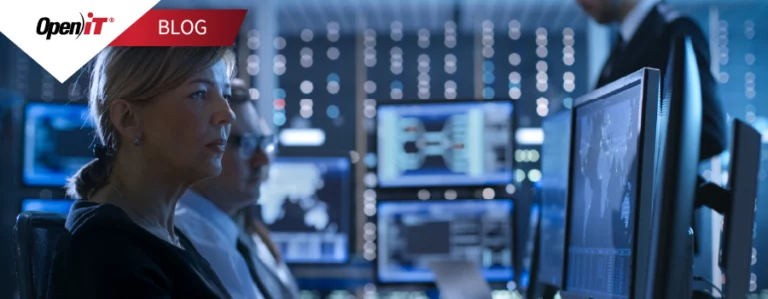Introduction
In today’s fast-paced digital landscape, software has become one of the largest and most complex investments for organizations of every size. Yet many companies struggle to track their licenses, ensure compliance, and optimize usage—leading to wasted spend and unnecessary risk. That’s where Software Asset Management (SAM) comes in: a strategic discipline that helps you gain visibility, control costs, and drive value from your software portfolio.
What Is Software Asset Management?
Software Asset Management is a set of processes and tools designed to manage the lifecycle of all software assets within an organization. From initial procurement through deployment, maintenance, and retirement, SAM ensures that every license is accounted for, compliant with vendor agreements, and aligned with business needs.
Key objectives include:
- Inventory & Discovery: Identifying every installed instance across on-premises, cloud, and hybrid environments
- License Compliance: Matching deployments against entitlements to avoid under- or over-licensing
- Cost Optimization: Reclaiming unused licenses and right-sizing subscriptions to free up budget
- Risk Reduction: Minimizing security vulnerabilities by tracking patch levels and end-of-life software
The Business Case for SAM
- Cost Savings
- Organizations routinely overspend by 20–30% on unused or underused software. By reclaiming idle licenses and negotiating based on accurate usage data, you can immediately cut licensing costs.
- Regulatory & Contract Compliance
- Non-compliance with vendor audits can incur penalties, back-dated license fees, and legal headaches. SAM provides the audit trail and controls needed to stay on the right side of vendor agreements.
- Improved Security Posture
- Rogue installations and outdated software are prime attack vectors. A robust SAM program ties into patch management and vulnerability scanning to keep your environment secure.
- Operational Efficiency
- Automated discovery and reporting free IT teams from manual tracking, enabling them to focus on strategic initiatives instead of spreadsheet maintenance.
Core Components of a SAM Program
- Automated Discovery & Inventory
- Use agent- or agentless scanners to detect installations across endpoints, servers, virtual machines, and cloud workloads.
- License Entitlement Management
- Centralize purchase records, contracts, and invoices in a dedicated repository to validate what you own versus what you use.
- Usage Monitoring & Analytics
- Continuously track application usage metrics—who’s using what, how often, and at what capacity—to identify optimization opportunities.
- Reconciliation & Optimization
- Regularly reconcile discovered installations against entitlements, reclaim unused seats, and reassign licenses as needs shift.
- Governance & Policy
- Define clear policies for software requests, approvals, and decommissioning, enforced through workflow automation.
Best Practices for Getting Started
- Start Small, Scale Fast
Focus first on your highest-cost vendors (e.g., Microsoft, Adobe) and critical business applications. Quick wins there fund broader roll-out. - Establish Executive Sponsorship
SAM spans procurement, IT, security, and finance. Secure a cross-functional steering committee to align goals and share ownership. - Leverage Automation
Manual spreadsheets can’t keep pace. Choose a SAM tool that integrates with your existing ITSM, CMDB, and security platforms. - Embed Into IT Processes
Integrate SAM checks into software request workflows, change management, and security reviews so that every installation is governed. - Review & Refine Regularly
The software landscape evolves constantly. Schedule quarterly health checks to adjust policies, update entitlements, and incorporate new technologies.
Choosing the Right SAM Tool
When evaluating tools, consider:
- Discovery Depth: Can it see across SaaS, cloud, and legacy on-prem systems?
- License Calculation Engine: Does it support complex rules for virtualization, multi-user, and subscription-based models?
- Integration Footprint: Will it plug into your ITSM (e.g., ServiceNow), CMDB, and security stack?
- Ease of Use & Reporting: Look for intuitive dashboards, automated alerts (e.g., impending renewals), and on-demand audit reports.
Popular vendors include Flexera, Snow Software, ServiceNow SAM, and Open iT’s LicenseAnalyzer—each offering different strengths in scalability, analytics, and cost optimization.
Conclusion & Next Steps
Software Asset Management is more than just a compliance checkbox—it’s a strategic lever for cost control, risk reduction, and operational efficiency. By implementing a structured SAM program and choosing the right tools, you can transform your software spend from a black box into a competitive advantage.
Ready to see how much you could save? Contact our team for a free Software Asset Management assessment and discover license optimization opportunities tailored to your environment.




